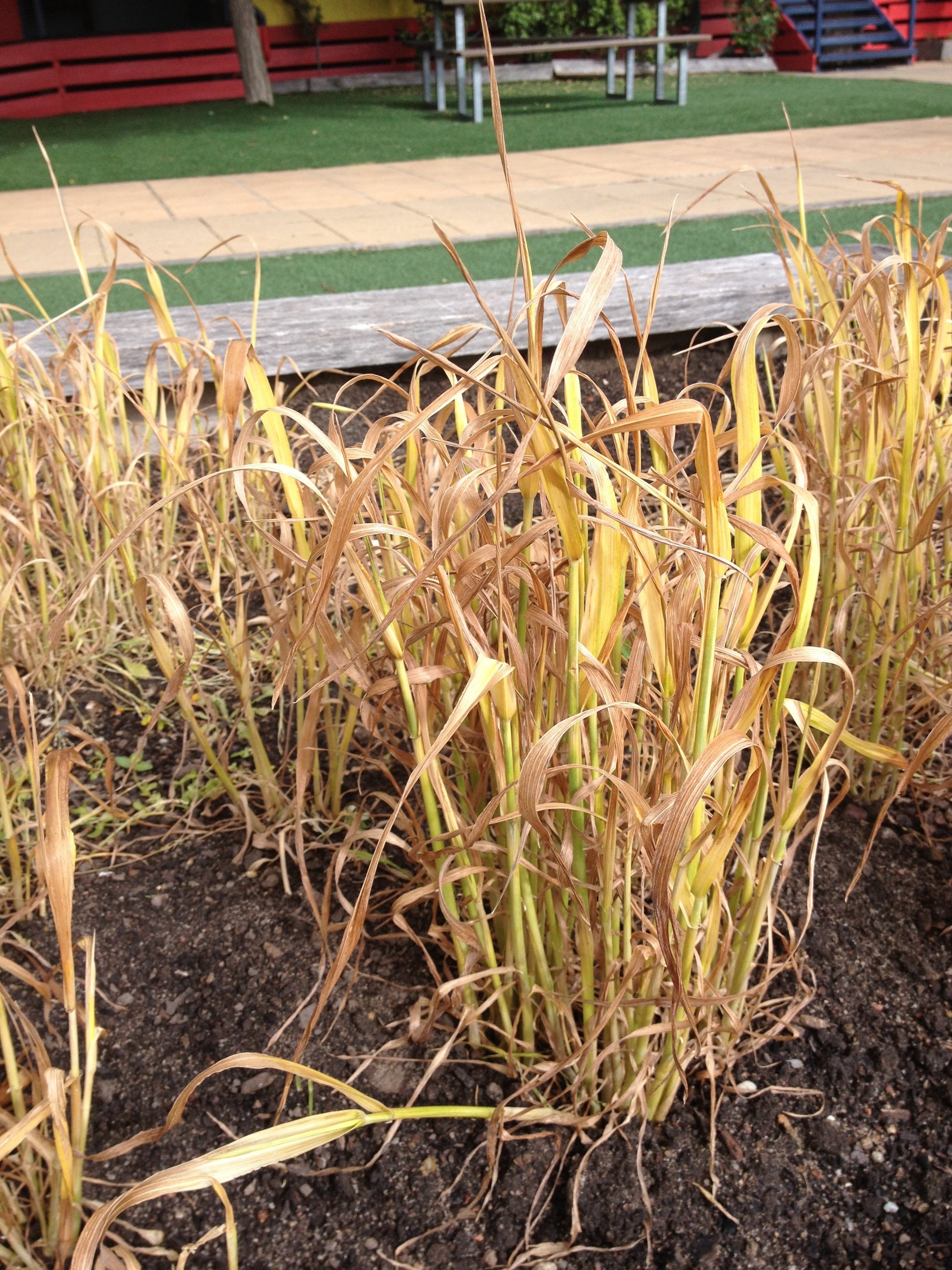Category Archives: Year 3L 2013
How Have I Changed Since I Was a Baby?
How Have I Changed Since I was a Baby? from brette lockyer on Vimeo.
As part of our Inquiry into lifecycles, we have been examining our own lifecycle. How have we changed since we were babies? In this activity we aimed to describe our changes as a scientist would: using specific term and accurate descriptions.
What do you think? Have we used scientific language in our movie? Comment here.
Flip the Alphabet Buddy Activity with Grade 2E
This maths activity was very interesting, and more enjoyable because we got to teach it to our friends in Grade 2E.
Which letters of the alphabet still look the same after a vertical flip? Which of them still look the same after a horizontal flip? Are there any letters which look the same after both a horizontal and a vertical flip? Write your answer here in the comments.
Flip the Alphabet from brette lockyer on Vimeo.
FINGERS
fingers from brette lockyer on Vimeo.
We have been enjoying sharing of information and ideas from our three quadblogging buddy classes. Peterhouse Primary group Oriel Owls gave us some great tips for our bingo games.
To say THANKYOU to our quadblogging schools, we made this movie to teach them how to play one of our favourite maths games, Fingers.
What to do: Make a group with 2-4 students. The teacher or leader calls a number. Your group must put out this many fingers. Each person in the group must have at least one finger down.
Quadblogging buddies, let us know how you go with our game. Leave a comment here.
STATIONERY SHOP DAY
Chanel’s Mum Trish generously donated some stationery for our next class shop. We thought that we would like to use real money for this shop, so each person brought in $1.00 in 5c pieces. At the end of the day we counted all the money and had $25.00. This is going towards our first Kiva loan. You can read about the Kiva Loan system here:
Did you enjoy this shop? Was it more successful or less successful than the other class shops we have held? Write your comments here.
Where Does It Come From?
As part of our Inquiry into how people meet their economic needs and wants, we investigated where things come from. We brought in items from home, examined them and discovered their country of origin. We then placed the items on a world map to notice any patterns or interesting information. We then summarised our new knowledge and understanding in this video and a class ‘sticky note’ session.
Do you notice anything interesting in our movie? Have you got any questions or wonderings? To help you think, you may like to use one of our question starters:
What if…
How could…
Why should…
I USED TO THINK…about shops and money, BUT NOW I THINK…
HAPPY MOTHERS DAY!
Mums, Nannas, Grandmas, aunties, please leave a comment on what you thought about our Mothers Day Movie.
THINKING AND CARING
Our Thursday Divinity – or Religious Education – lesson was held in our garden. We learnt about how worms can help the world, as well as how we can help the world. God made the world for us to live in and we should not waste his wonderful world. When God made the world he was very kind and made it so we would survive.
We were putting in worm castings so that things will grow really well in our garden. We have worms in the classroom because they are really interesting and the worm castings are useful.
The people in the Bible story didn’t need to worry because if god looks after the birds and the flowers, he will look after us.
If there is a bushfire God will look after you. He designed people to look after one another, so families and friends are really important for caring. God gave us all manners too for caring. God talks to you in your head and helps you with good thinking.
All over the world everybody’s god is different but their gods all care for people and birds and flowers.
I am wondering what about people who didn’t believe in God and how did they survive in Bible times? Do you have any wonderings about God? Leave a comment here.
BRODIE, JOSHUA, MONQIUE, JAI
HAT FACTORY!
After a visit from ‘Masterchef’ we decided we would make chefs’ hats to sell in our next class shop. Lucas tried on my hat and we worked out it was definitely too big. We brainstormed our ideas and worked out that we needed to take measurements on our heads, just above the ears. We knew that it was impractical to use counters, paperclips or matchsticks with which to measure, so when someone suggested a tape measure, it was all systems go. We had to work together, helping with the measuring and with the stages of construction of the hats. No gaps and overlaps – accuracy was so important! We measured the distance around our heads, cut out the correct length for the hat band, attached the plastic bag for the crown, and voila! We have also decided to group our hats as Small/Medium/Large to help our customers decide quickly which one to buy. Thanks to Antonio, we set up an infographic to help us to work out the S/M/L groups.
Dion said “This is the best maths I have ever done”. Were we doing maths? Can you identify any of the maths thinking or processes that we used? Comment here.

